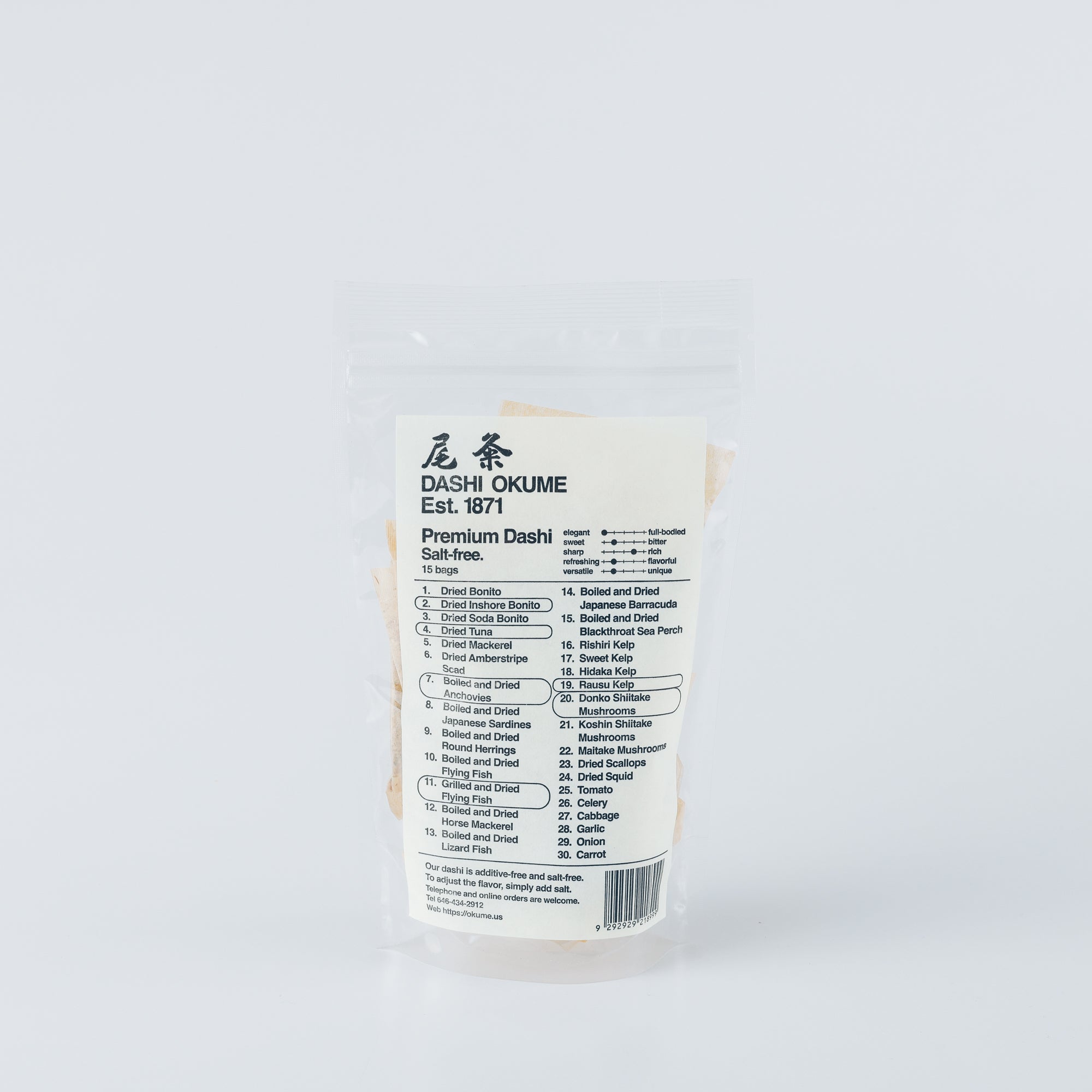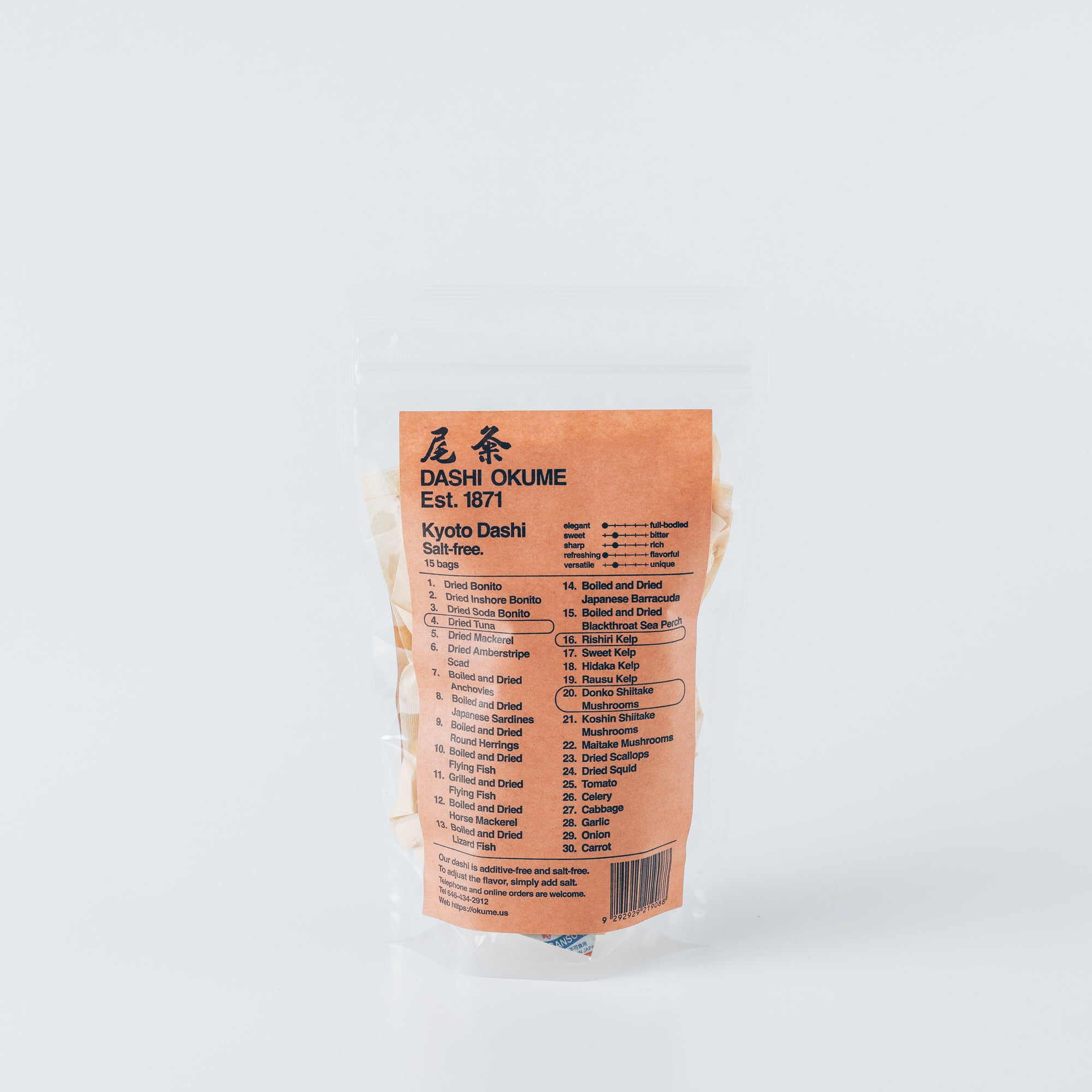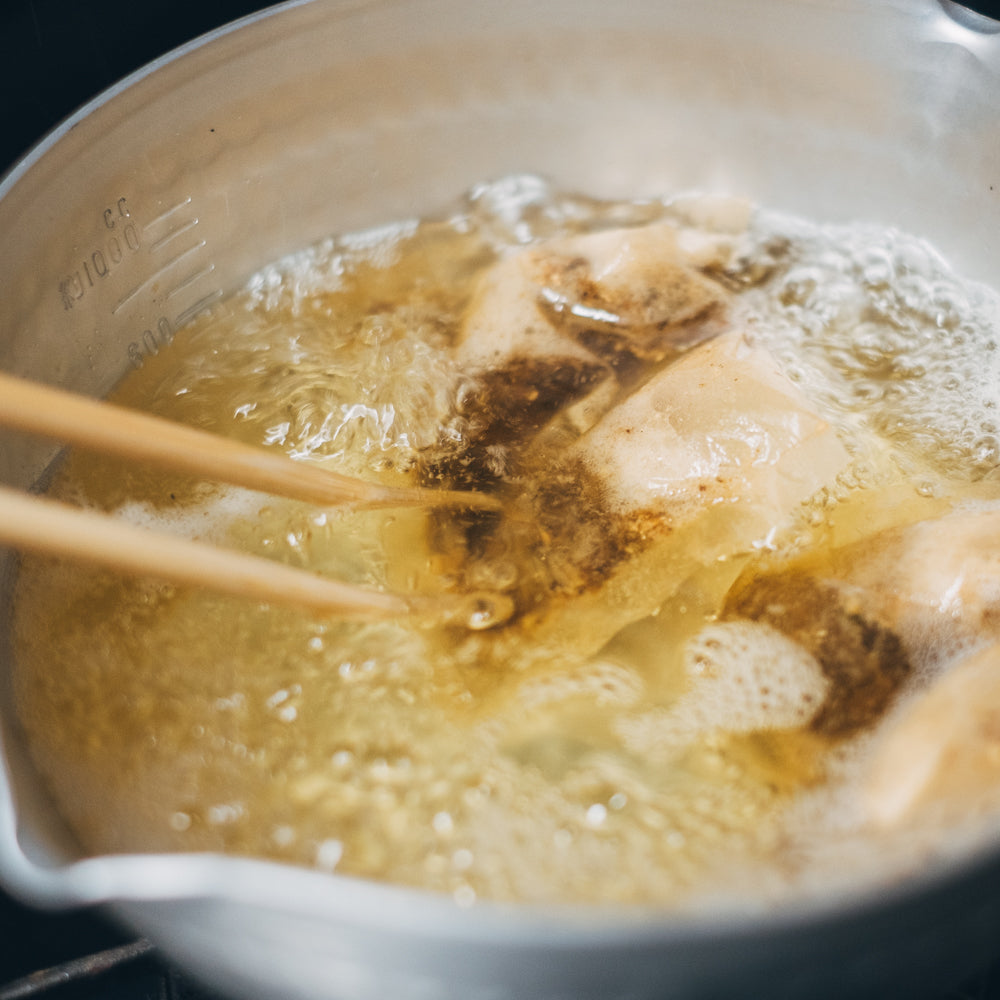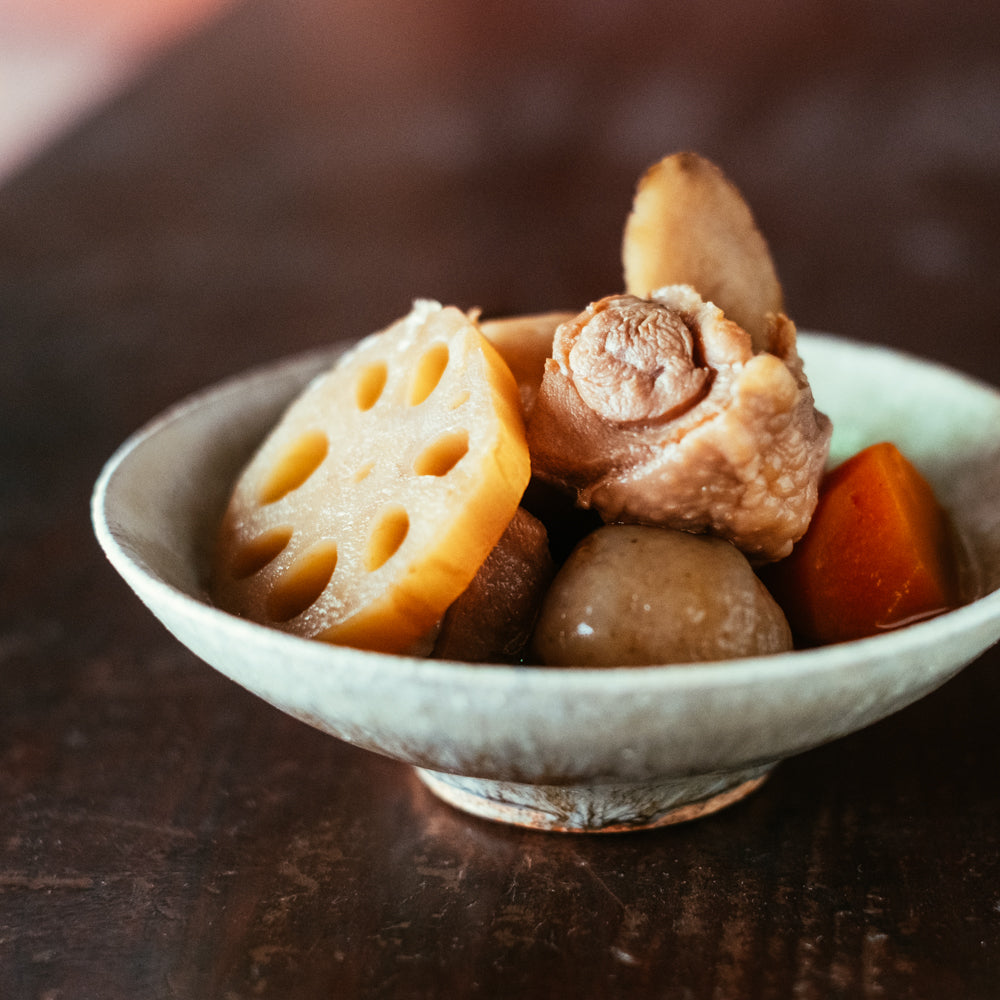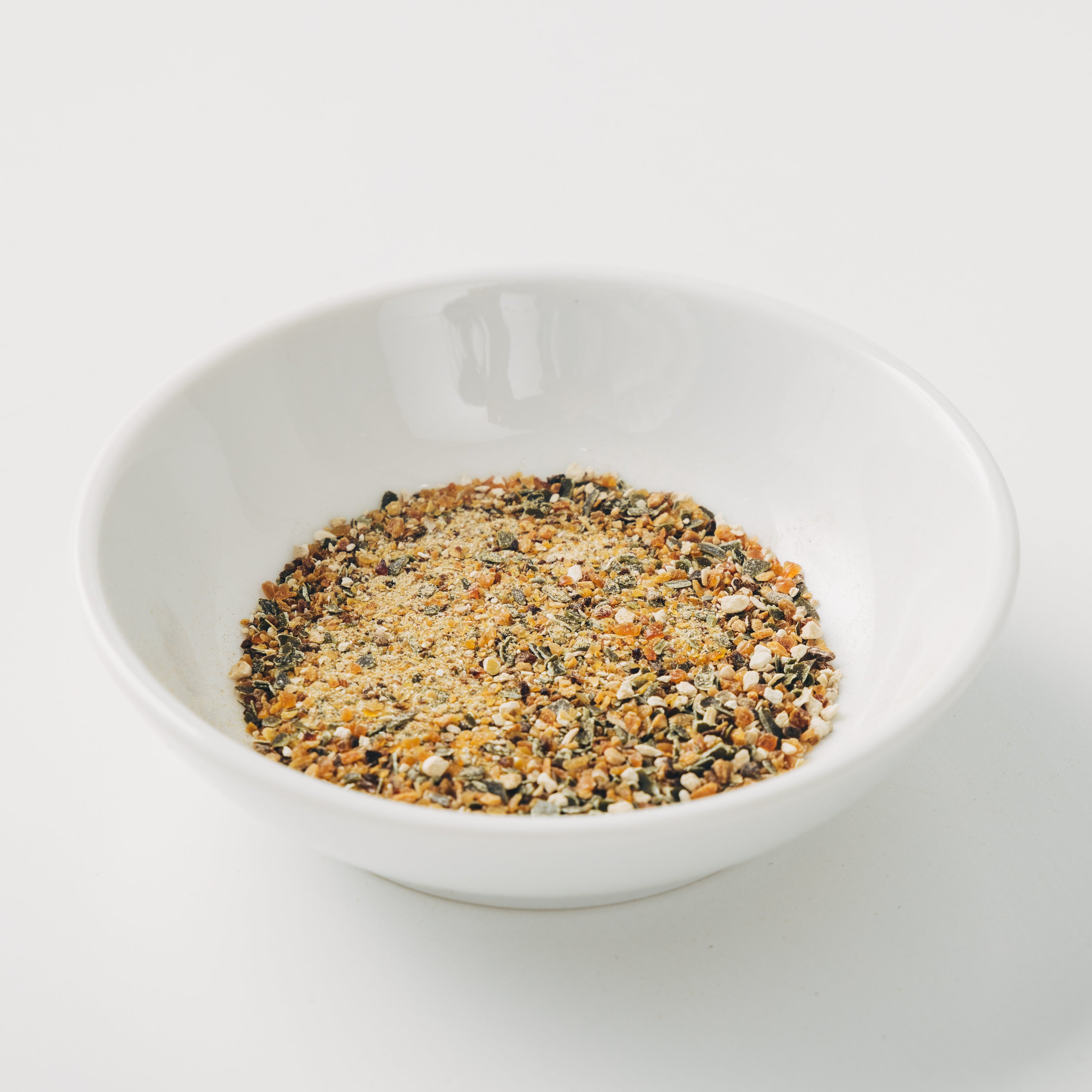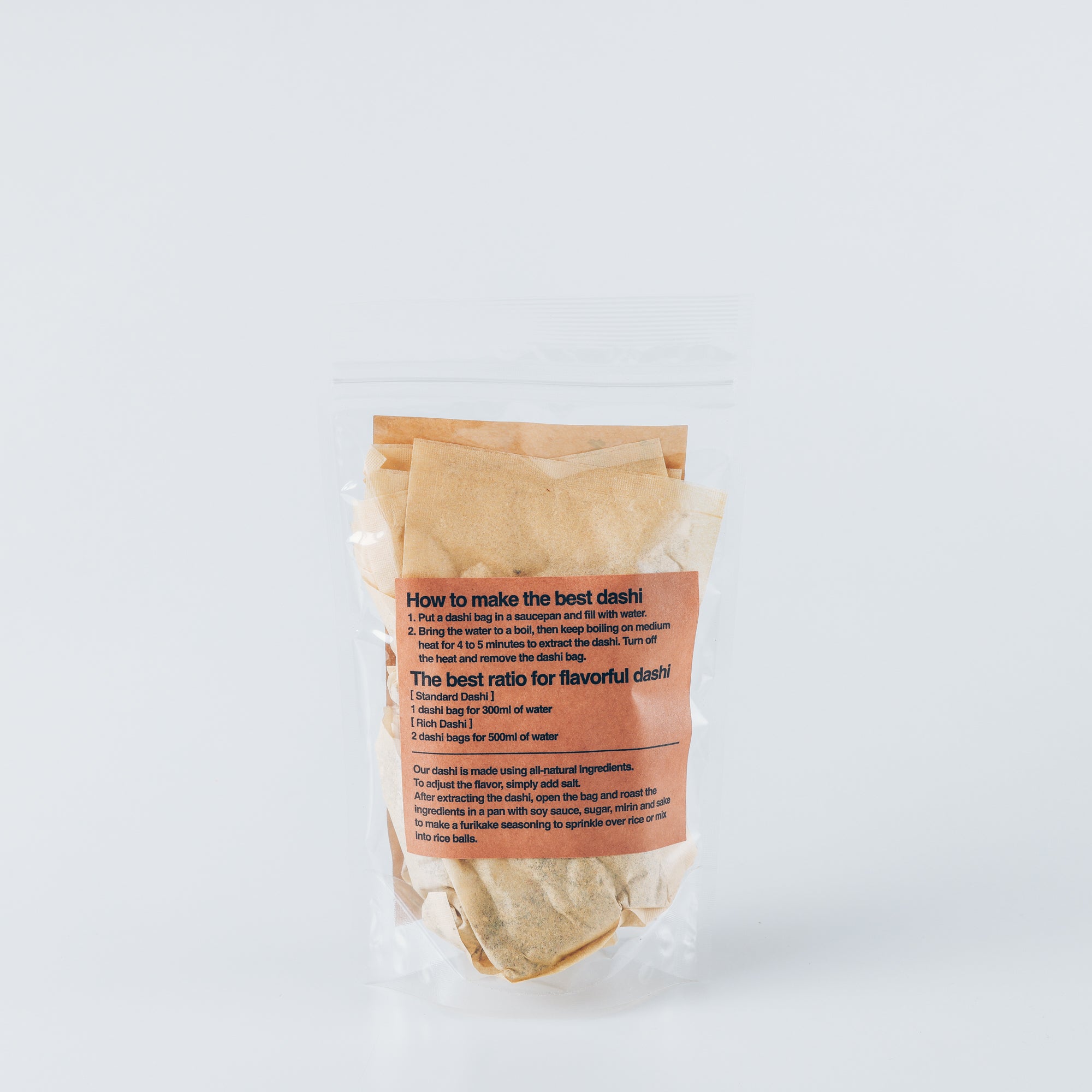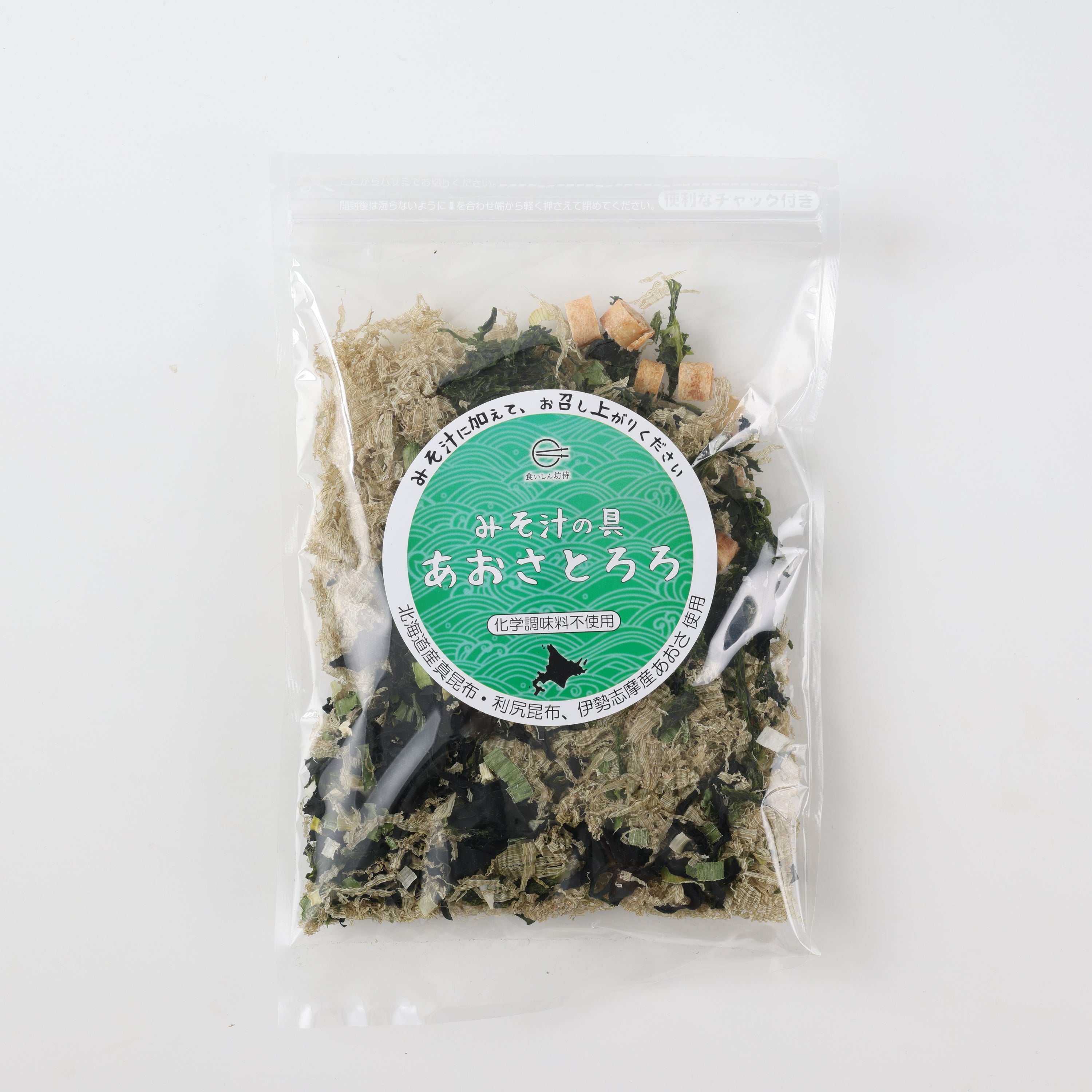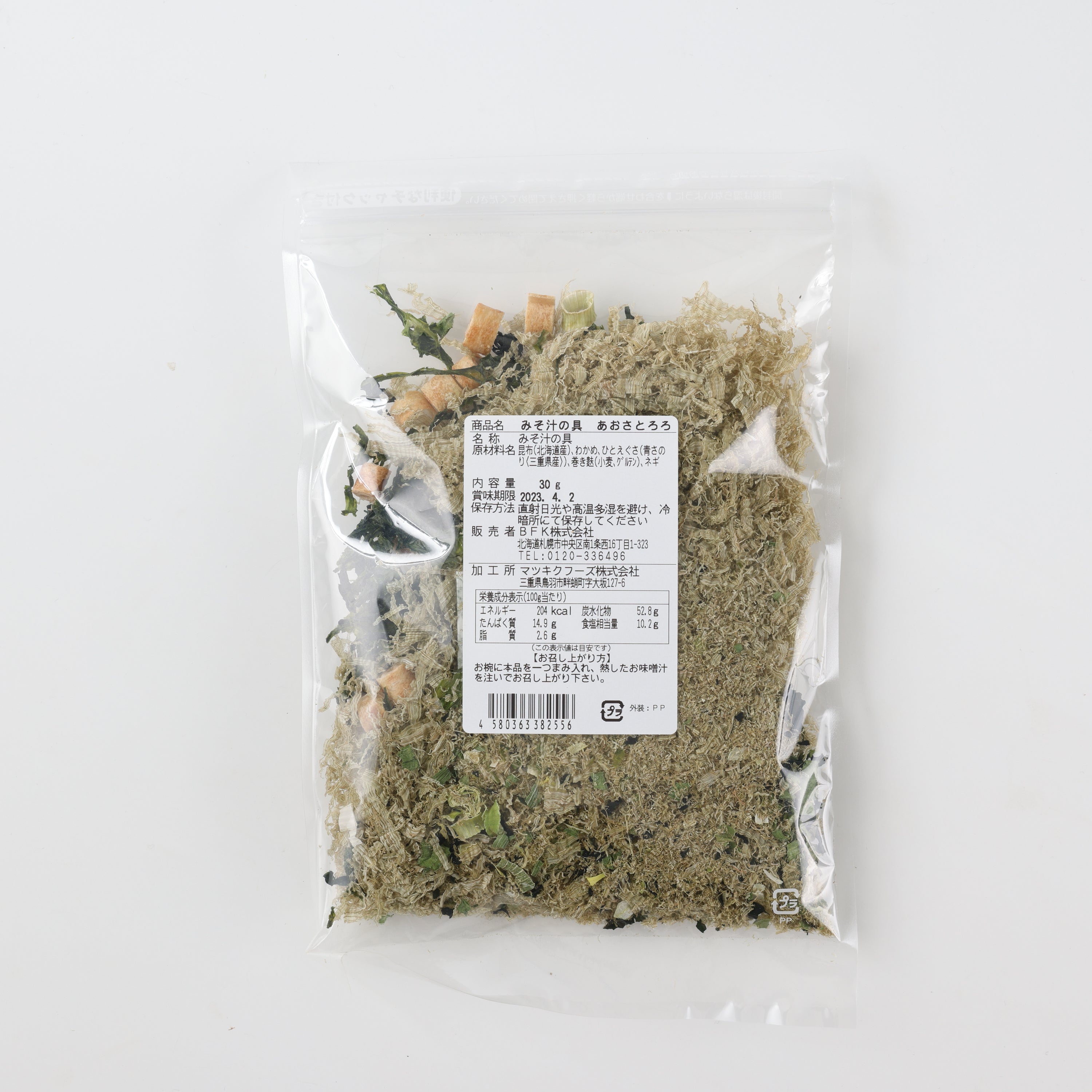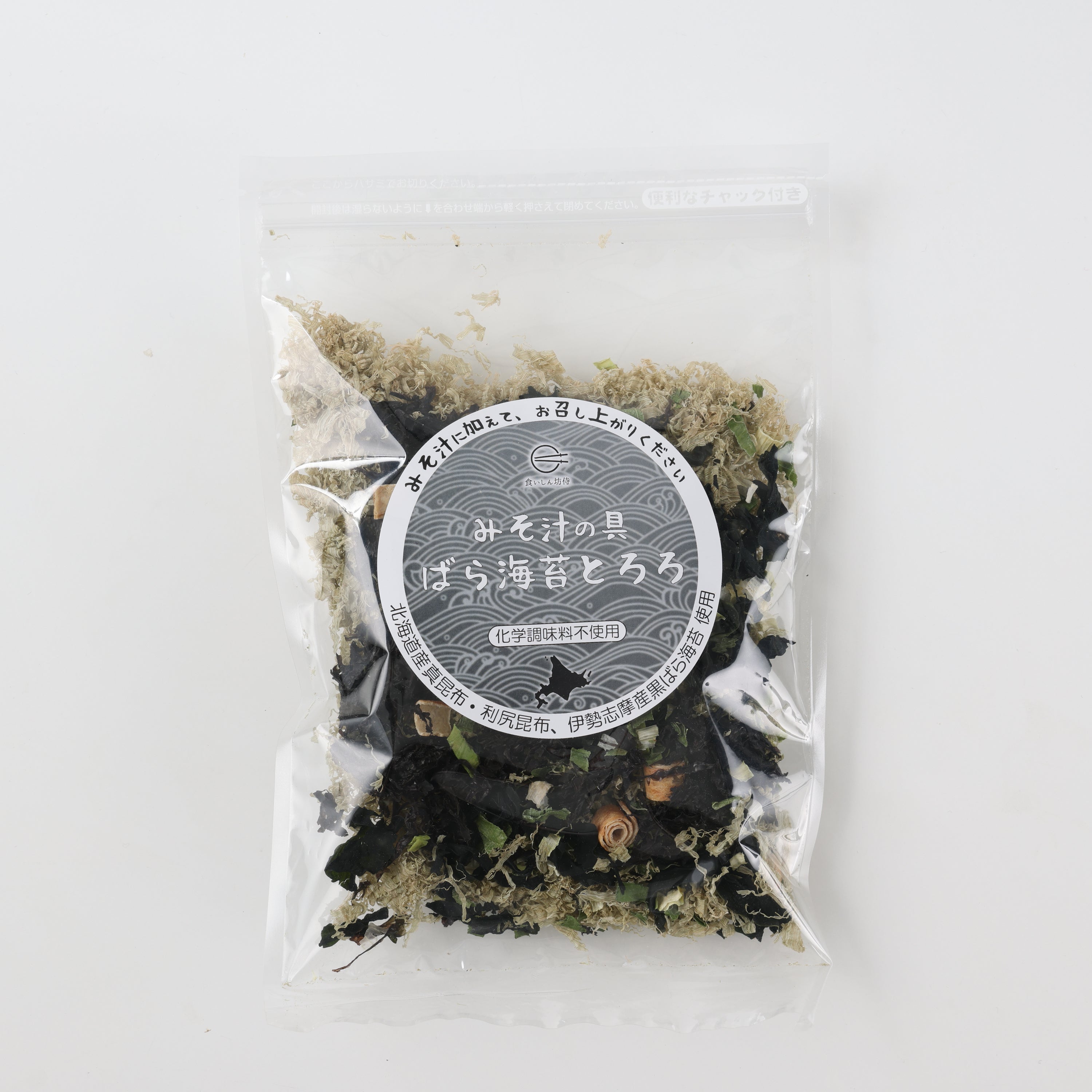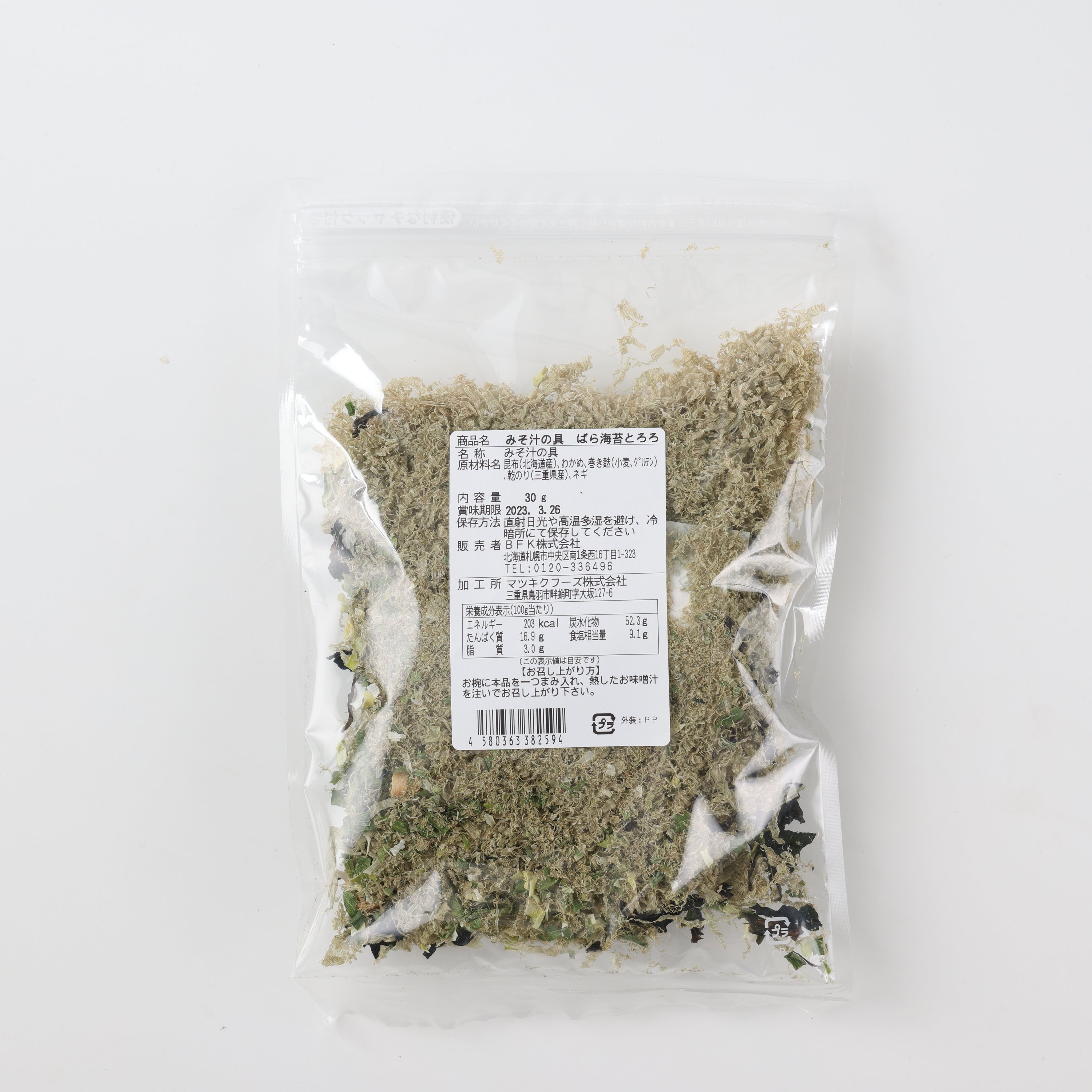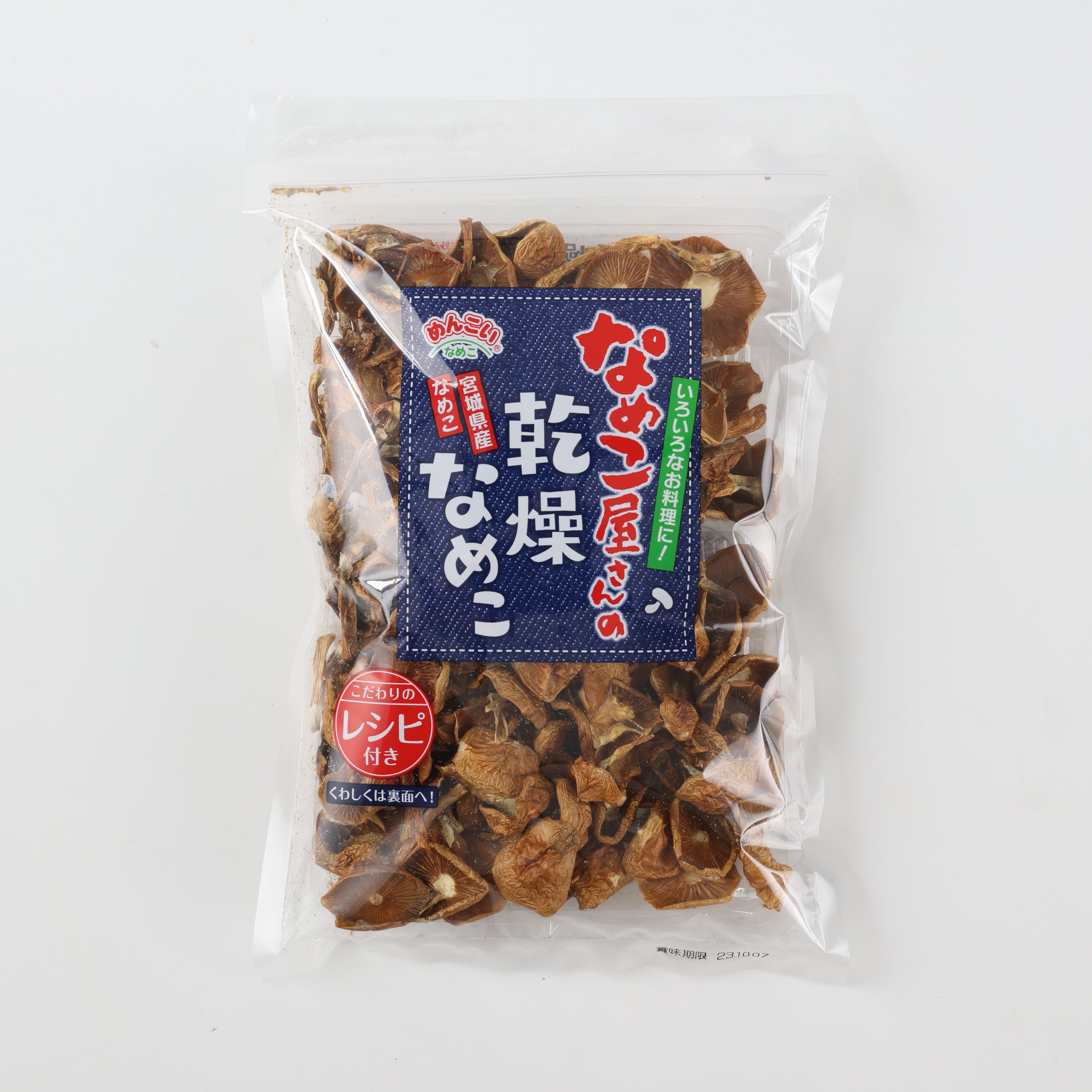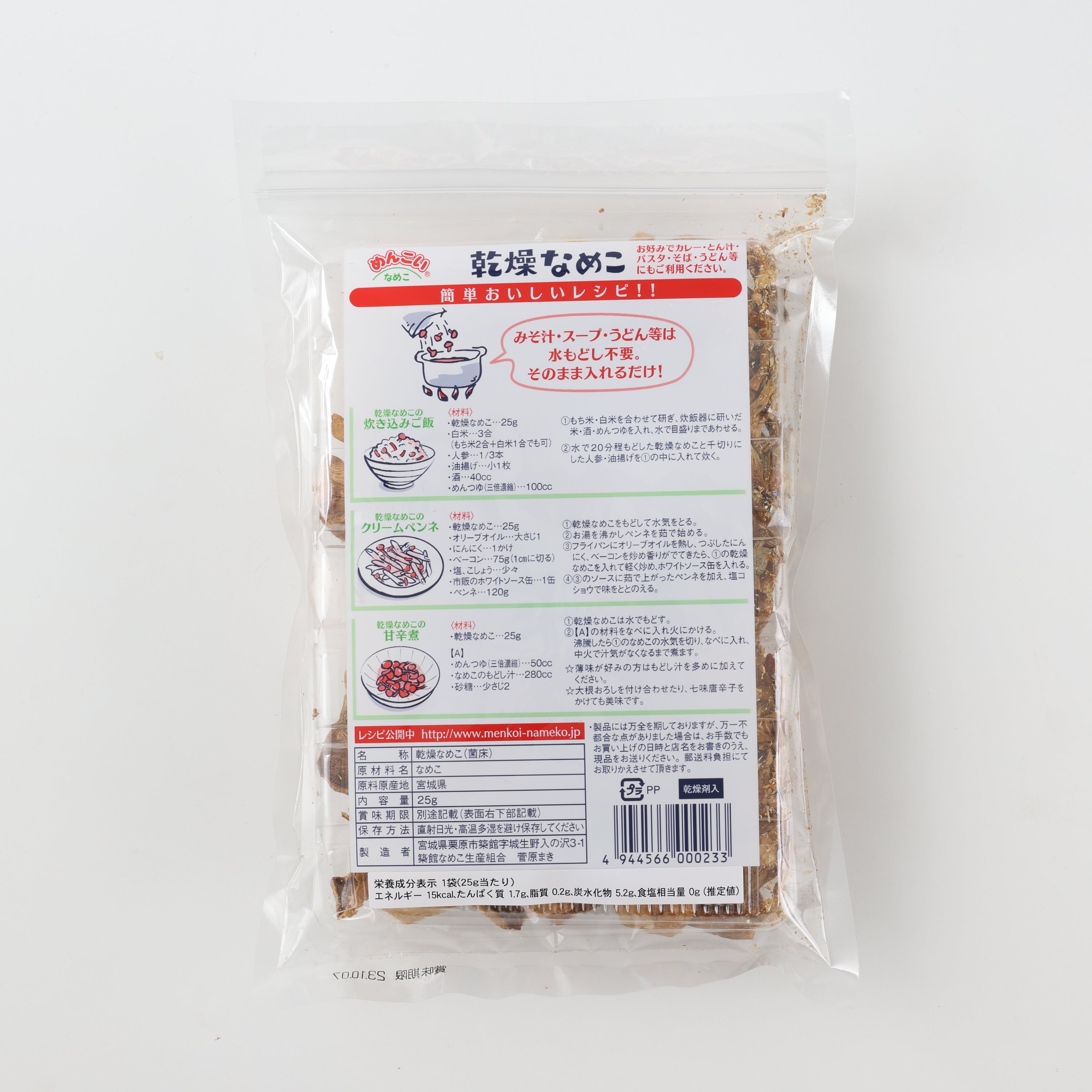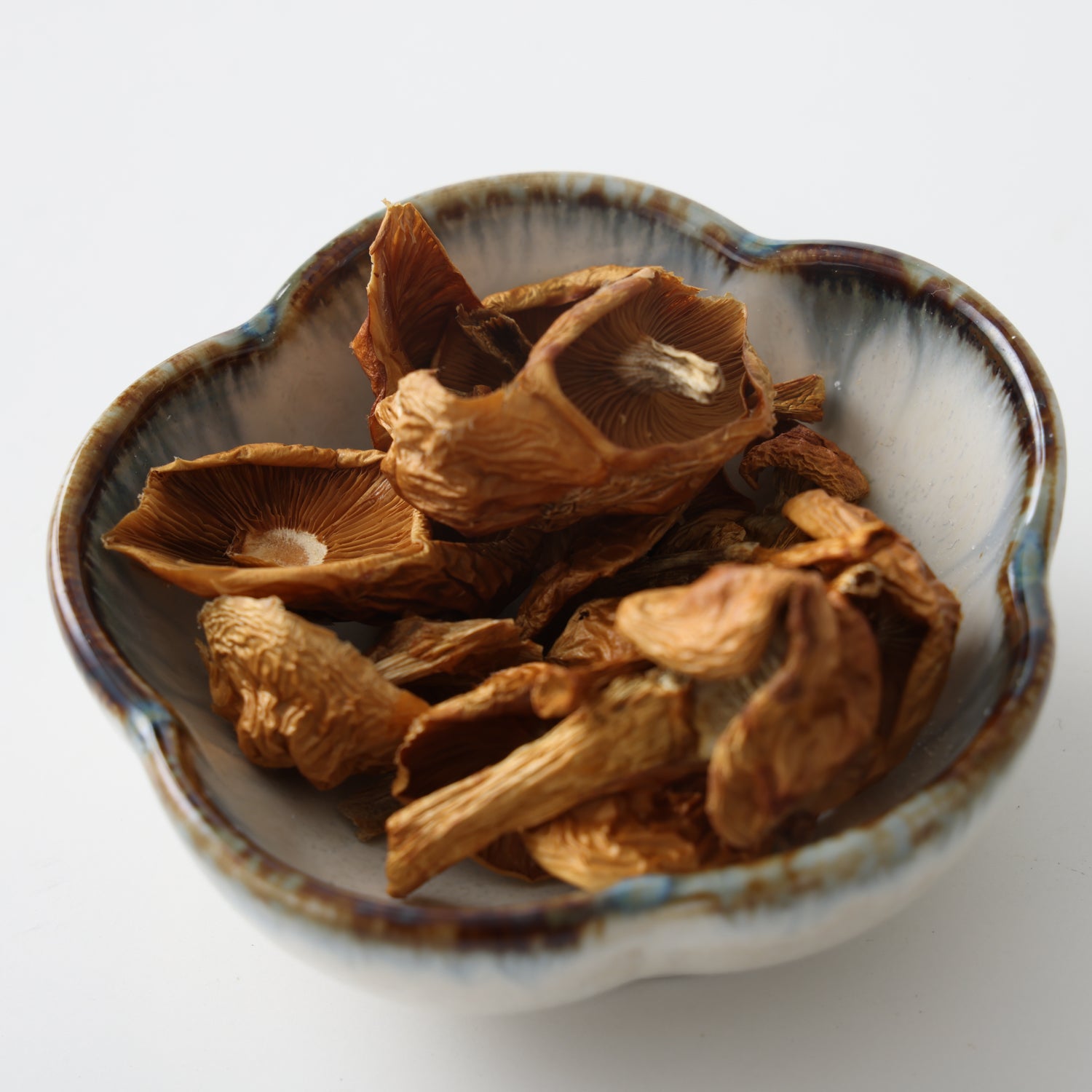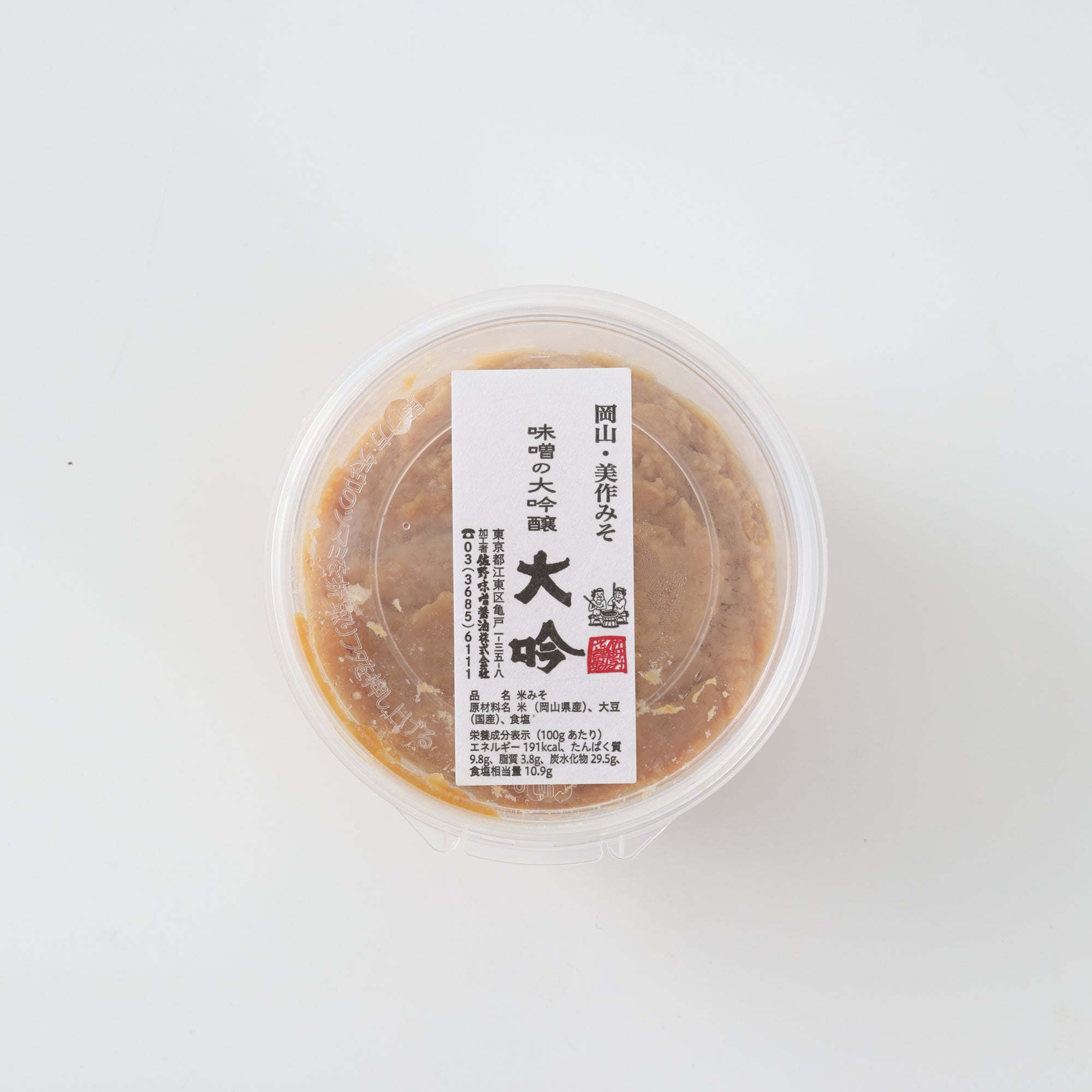
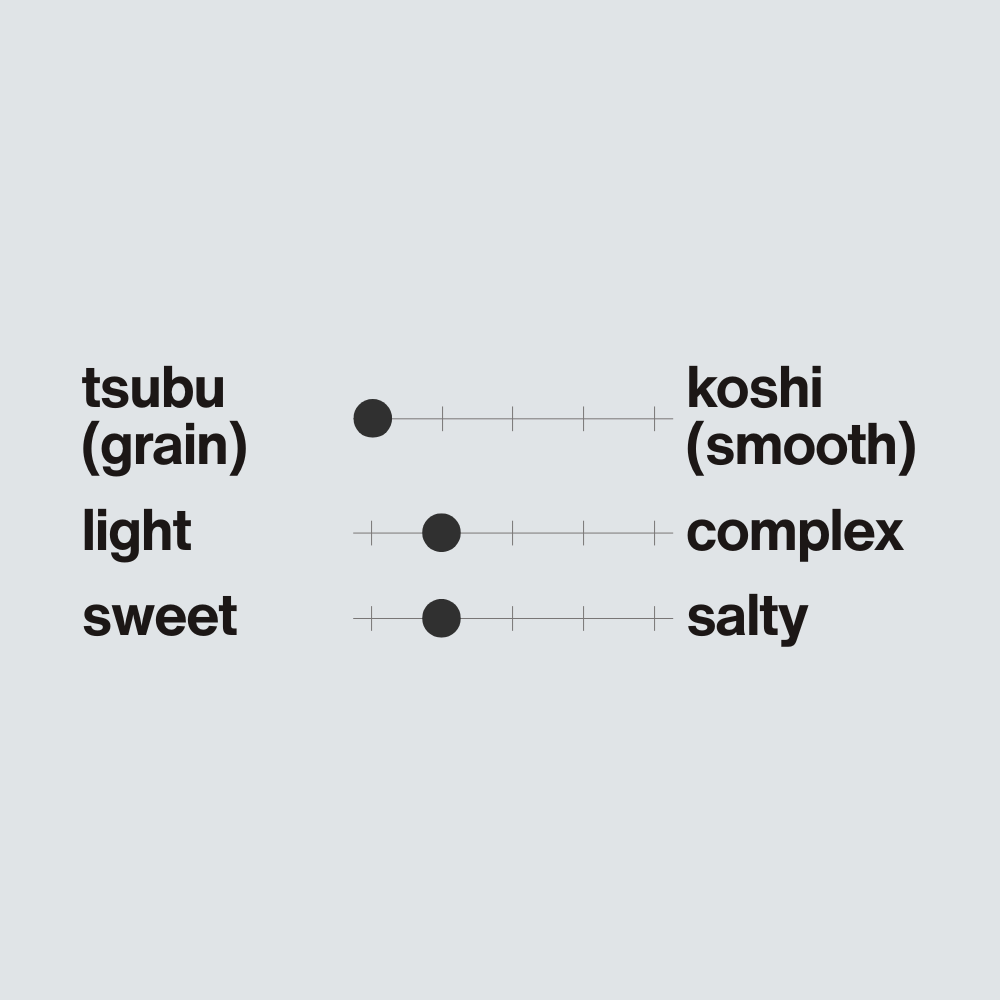
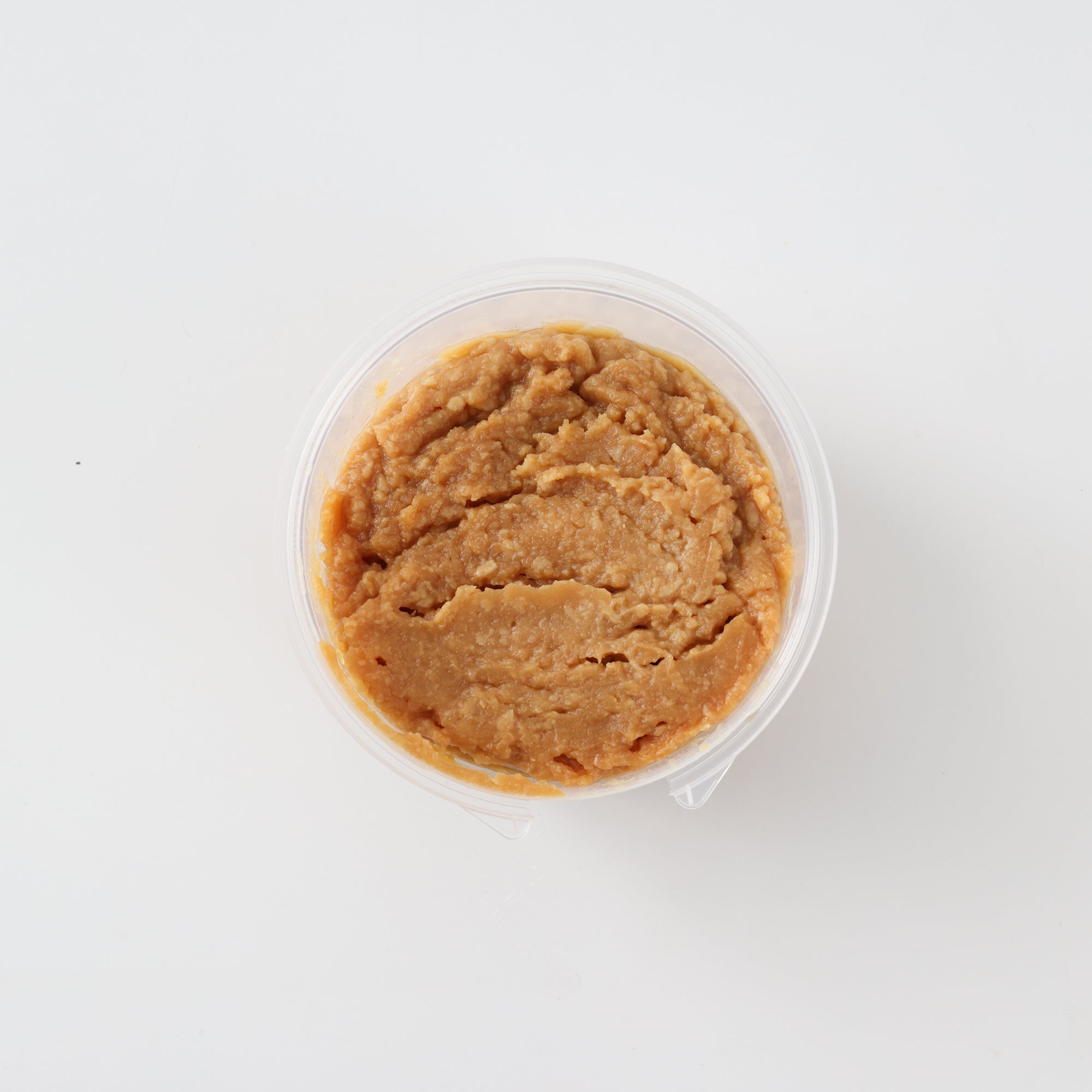
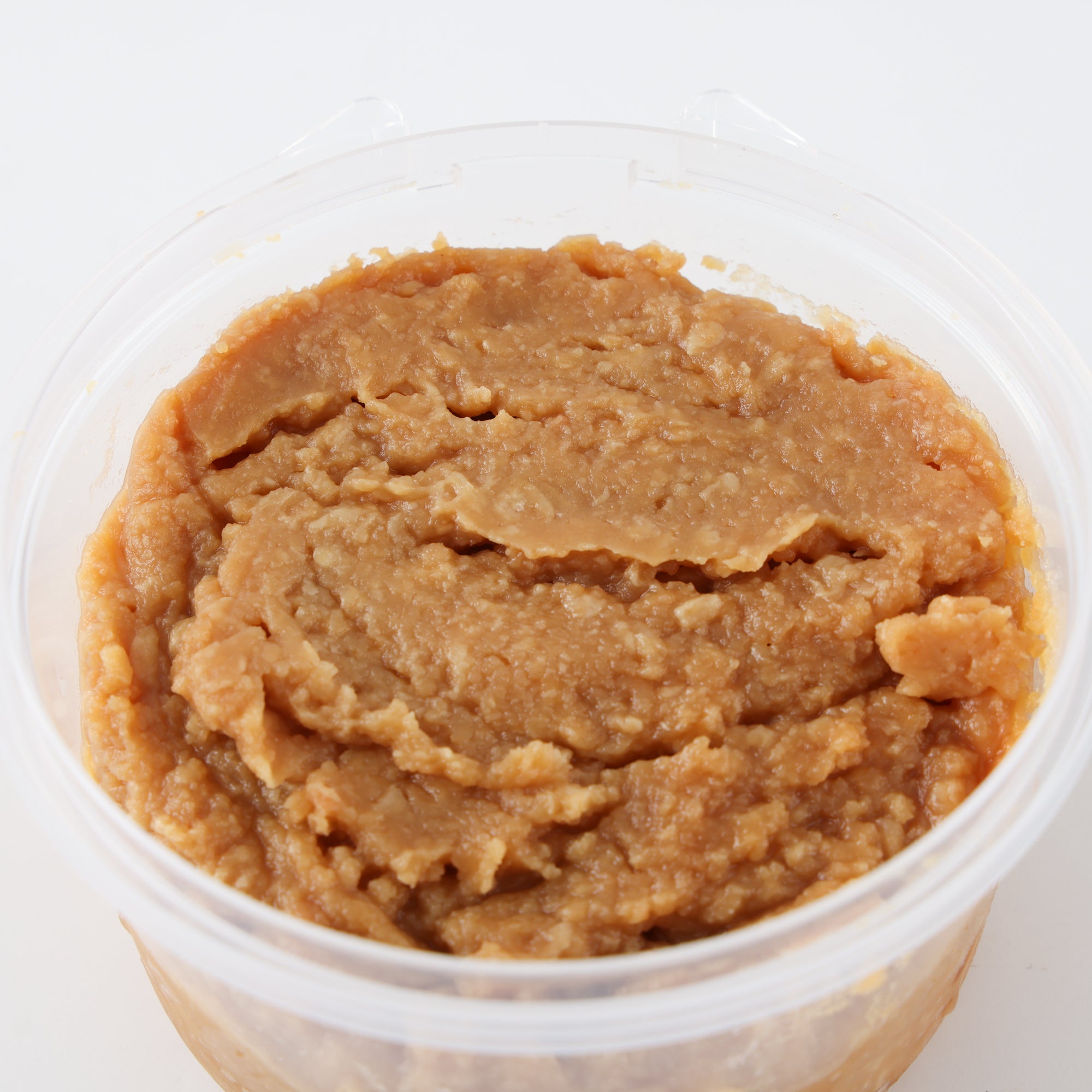
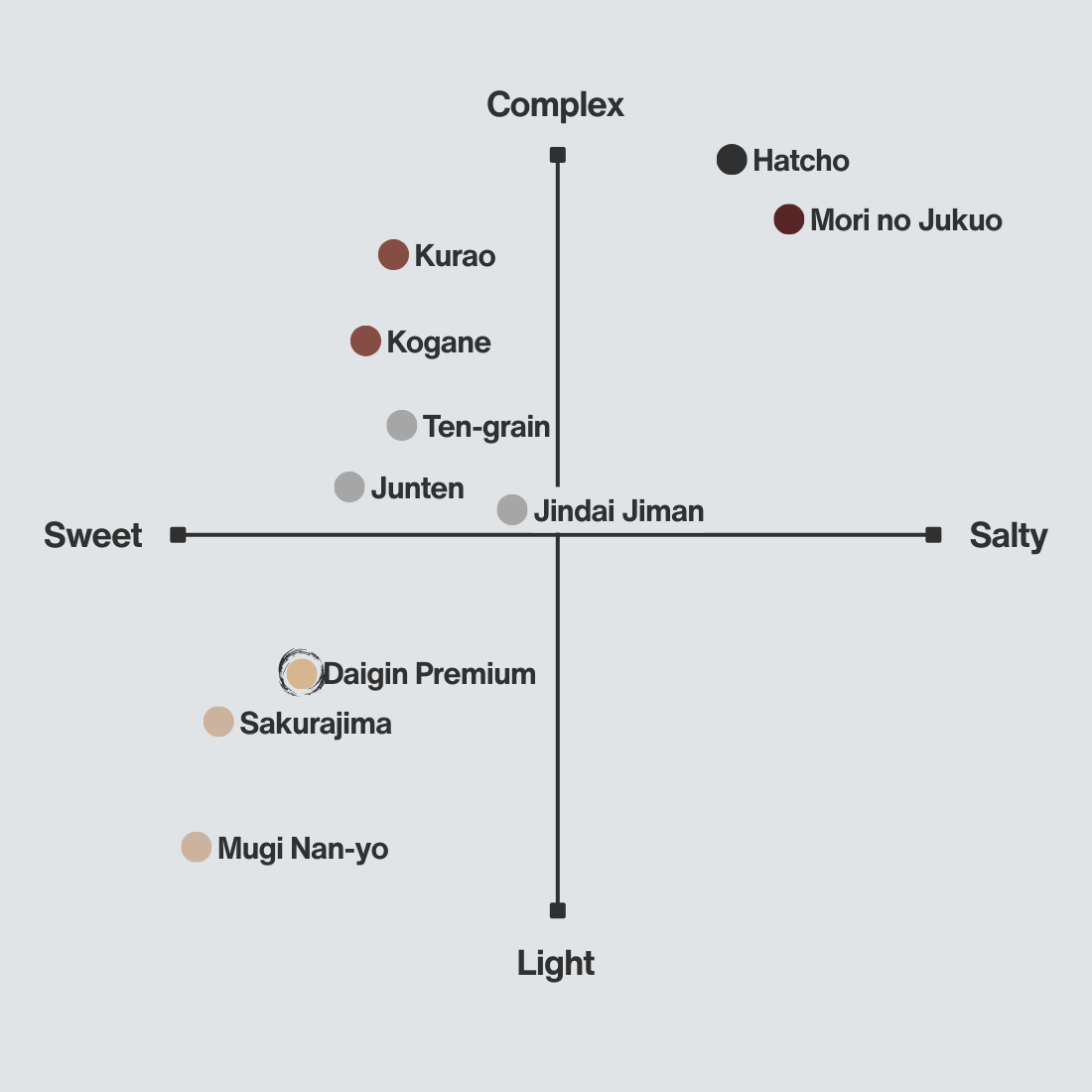
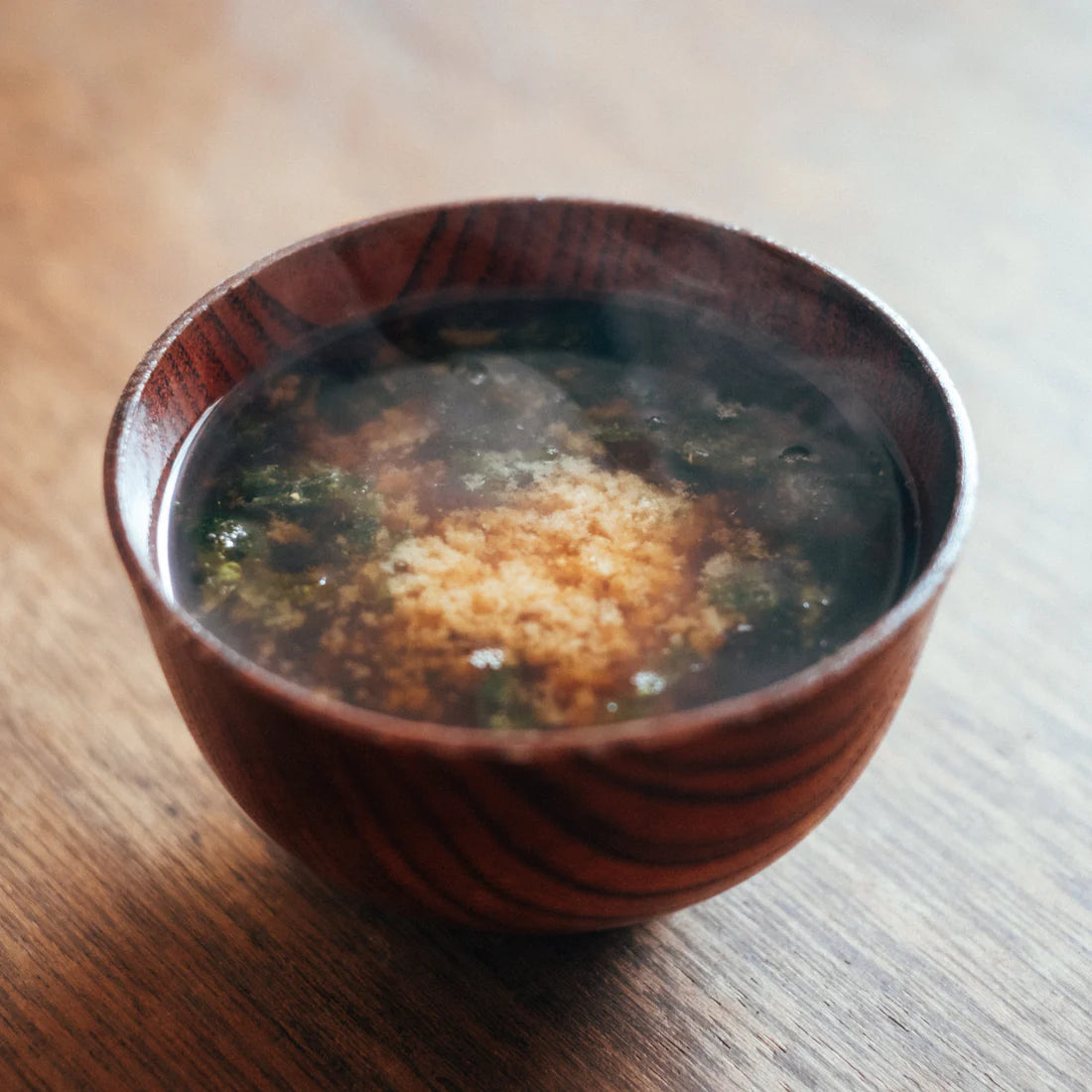
Daigin Premium Miso
Fruity, elegant & pure rice miso

Free shipping on US orders over $95
Ships within 1-2 days from Brooklyn, NY
Miso fermented for more than six months in an organic environment. Enjoy the mild, refreshing and refined sweetness, plus a fruity aroma reminiscent of high-quality Japanese sake.
Ingredients
All natural ingredients.
All sourced from Japan.
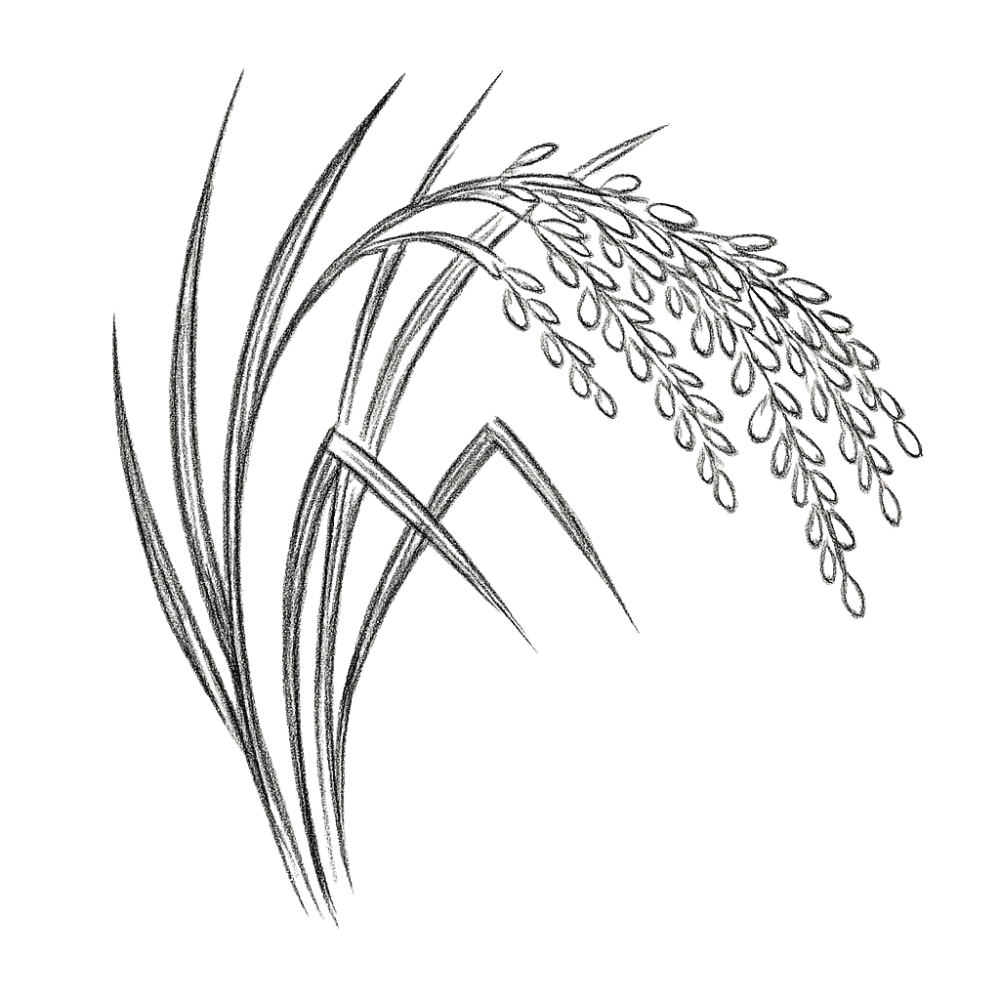
Rice
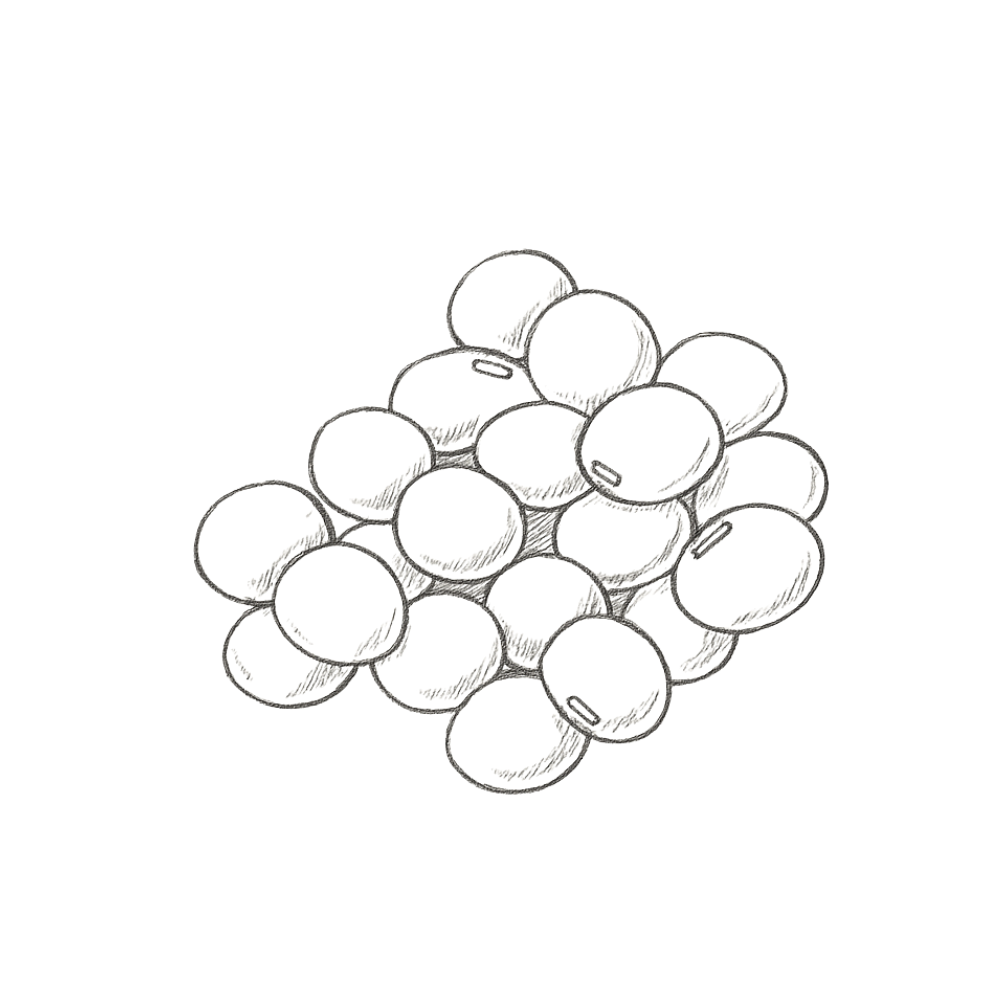
Soybeans

Salt
Product Details
Net Weight
7.05oz
Origin
Sourced in Japan
Best Before
180 days from the date of manufacture (printed on the back of the package)
Storage
Store in a cool, dry place away from direct sunlight
When to Use
Use to prepare miso soup, enrich marinades, or season vegetables and simmered dishes. Enjoy daily, or as a way to deepen and balance the flavors in your cooking.
Find inspiration on our recipe page.
Our Standards
Founded in 1871 in the Tokyo Wholesale Market, Okume is one of the longest-established seafood specialists in Tsukiji. We are committed to traditional, additive-free practices and carefully chosen methods that honor seasonal fish at their peak. For generations, we’ve supplied Michelin-starred chefs and culinary professionals seeking depth, clarity, and true umami.

100% Natural Ingredients

Naturally Aged

Additive-Free
Miso Flavor Map
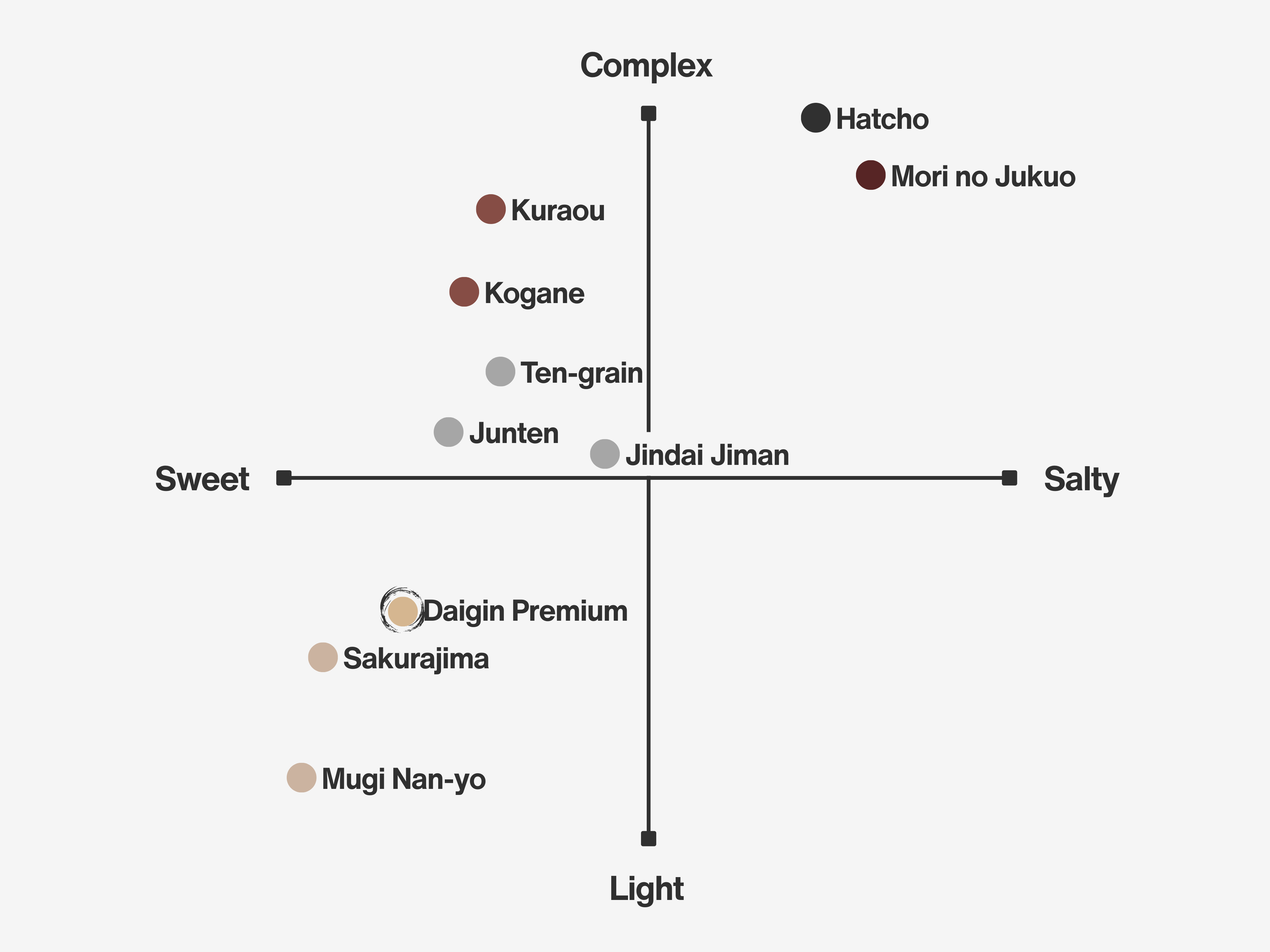
Dashi Pairings
Certain dashi bring out the best in each miso. Here are our recommendations for the most balanced and flavorful combinations.


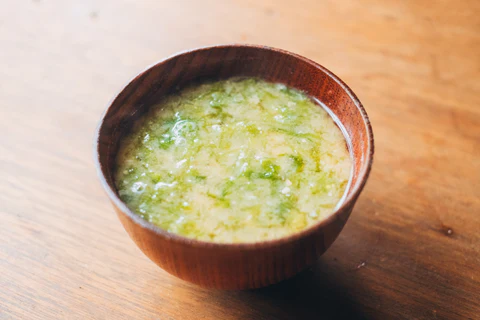
How to Make Miso Soup
Place 2 dashi bags in a saucepan and fill with 2 cups of cold water. Bring to a boil, then simmer at medium heat for 7 minutes to extract the flavor.
1
Turn off the heat, remove the dashi bags, and dissolve the miso into the dashi using a miso strainer.
If you wish to add tofu or vegetables, add them at this stage.
2
Soak aosa separately in water. After rinsing, drain the water.
3
Warm up the miso soup and add aosa. Be careful not to boil the miso soup after you dissolve the miso. Boiling miso soups reduces the aroma, flavor, and taste of miso.
4



A Smooth, Clear Miso Soup
Our miso strainer allows the miso to dissolve gently into the dashi, preserving its aroma and clarity.
The result is a smooth, balanced soup. True to tradition and effortless in the making.
Serving Suggestions
Complement your miso with ingredients and dishes that enhance its character. From seasonal vegetables to classic pairings, these suggestions bring your bowl to life.
Ingredients
Sweet vegetables, sweet shrimp, nama-fu
Dishes
Vegetables, onigiri, dressing, secret flavor for Western food
How to Blend Miso
Blending different miso types enhances both depth and balance. Based on traditional Japanese cooking, here are combinations that bring out the best in every season and dish.
Use Case
Everyday
Root Vegetables
Seafood
Summer
Winter
Recommended Blend
White Miso : Red Miso = 4:3
Rice Miso : Barley Miso = 5:5
Black or Dark Brown Miso : White Miso = 2:1
White Miso : Red Miso = 3:7
White Miso : Red Miso = 5:5
Why it Works
A balanced, versatile blend for all occasions
Barley adds depth and rounded umami, perfect for tonjiru
Rich, layered flavor that gently softens the aroma of fish
Red miso replenishes salt and adds vibrancy in warmer months
A harmonious umami that comforts even as dishes cool
Use Case
Everyday
Recommended Blend
White Miso : Red Miso = 4:3
Why it Works
A balanced, versatile blend for all occasions
Root Vegetables
Recommended Blend
Rice Miso : Barley Miso = 5:5
Why it Works
Barley adds depth and rounded umami, perfect for tonjiru
Seafood
Recommended Blend
Black or Dark Brown Miso : White Miso = 2:1
Why it Works
Rich, layered flavor that gently softens the aroma of fish
Summer
Recommended Blend
White Miso : Red Miso = 3:7
Why it Works
Red miso replenishes salt and adds vibrancy in warmer months
Winter
Recommended Blend
White Miso : Red Miso = 5:5
Why it Works
A harmonious umami that comforts even as dishes cool

A Little Tokyo With Modern Sensibilities Starts to Emerge in Brooklyn

A Tokyo dashi shop from 1871 has opened in Brooklyn

The Key to Perfect Miso Soups is Homemade Dashi Broth
Frequently Asked Questions
How many bowls of miso soup can I make with this miso?
One package makes approximately 15 bowls of miso soup, based on a standard serving of 1–2 tablespoons per bowl.
Why does miso have different colors?
"Koji (malt) Ratio" and "Maturation Period" change the colors of miso. The high amount of koji speeds up the maturity and creates miso in a short term. This creates the white color. Mame (beans) miso needs more than two years of maturation. This process makes it dark brown or almost black.
What is Koji (malt) Ratio?
The percentage of koji to soybeans used in the miso. Soybeans 10kg: koji 10kg = 100%
The higher the koji ratio, the sweeter the miso becomes. When the ratio is lower, the miso contains a stronger flavor and umami of soybeans. The average koji ratio is 60 to 100%. You can tell the koji ratio in the ingredients section of the package. When you see "soybeans" written first, then the ratio is less than 90%. When it's written after other ingredients, the ratio is more than 100%.
What is the best way to store miso?
The best way to store miso is in the freezer or refrigerator. When it's cold, microorganisms in miso go to sleep. The flavor will change when you keep it at room temperature. Miso doesn't freeze, so you can use it right away even if it's been in the freezer. The fermentation speed at room temperature is 100, 30 in the fridge, and 5 in the freezer.
How long does miso last?
Six months to one year from production. You can still eat after expiration, however, the flavor and color will change due to fermentation. We recommend you finish eating before the expiration date for best quality.
What is the difference between fermentation and maturation?
Degradation by "microorganisms" or "passage of time".
Maillard reaction caused by amino acids and sugars in soybean and koji mainly arise from a period of maturing. Fatty acids and alcohols form an ester bond, deepening the miso scent. The difference between "Fermentation" and "Putrefaction" is good or bad for us.
When is the best season for miso?
Good miso is available in the fall. Miso prepared in January and February passes through summer when fermentation is most advanced, then it becomes good for eating in the fall.
Is miso health?
Miso is a superfood. It contains the necessary nutrition for your health and beauty. Vegetable protein, iron, vitamin B, vitamin E, calcium, isoflavone, oligosaccharide, polyphenol, etc. Good for: maintaining good condition of the skin, hair, and intestinal environment, keeps mental stability, prevents hangovers, gastric cancer, and elevation of the blood sugar level, etc.
A Few More Discoveries for Your Table
Shop By Collection
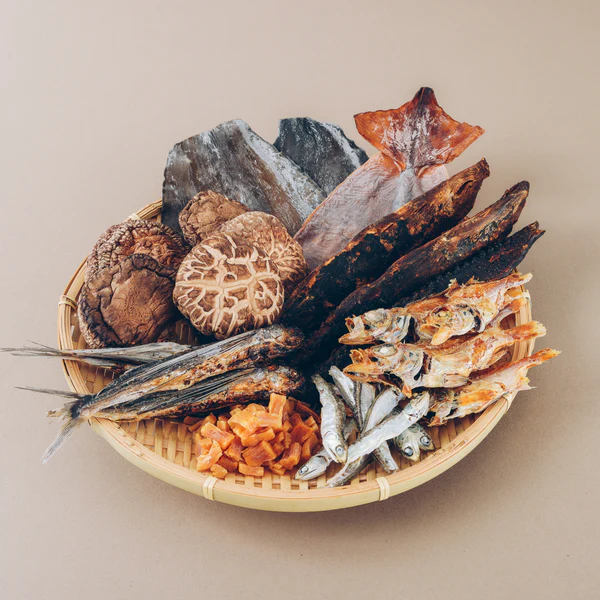
Dashi
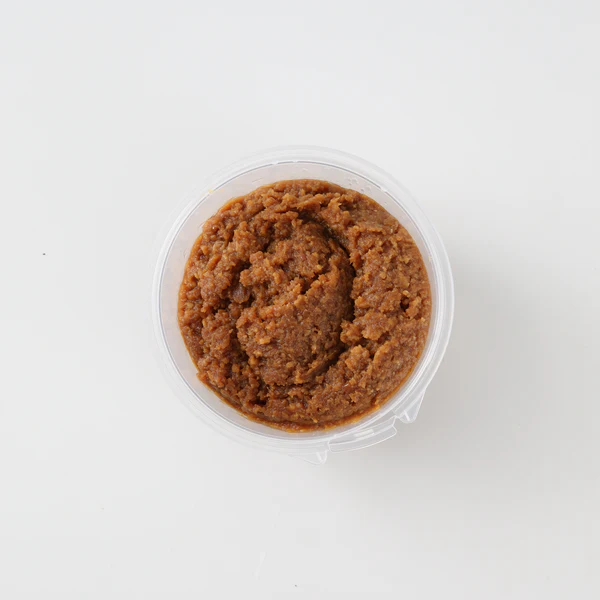
Miso
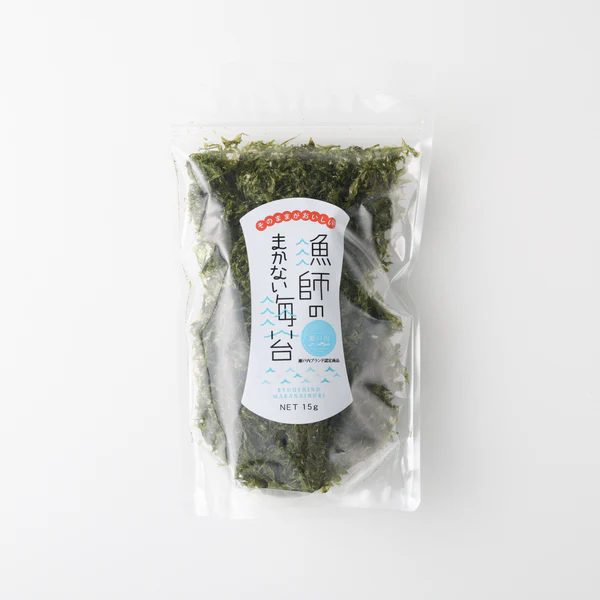
Toppings
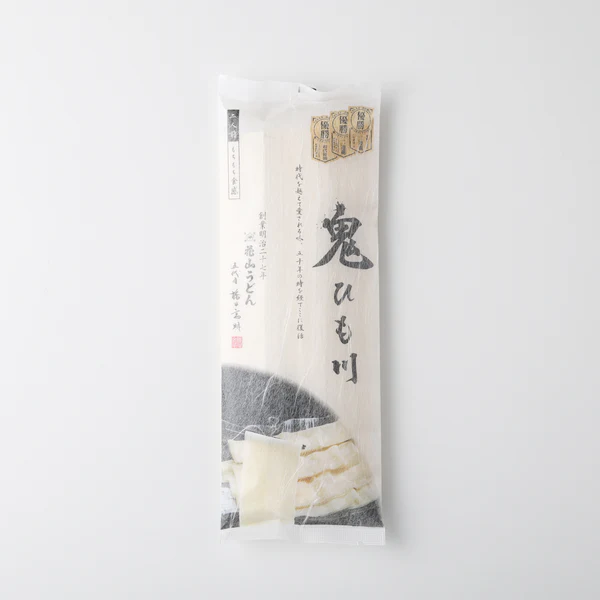
Noodles
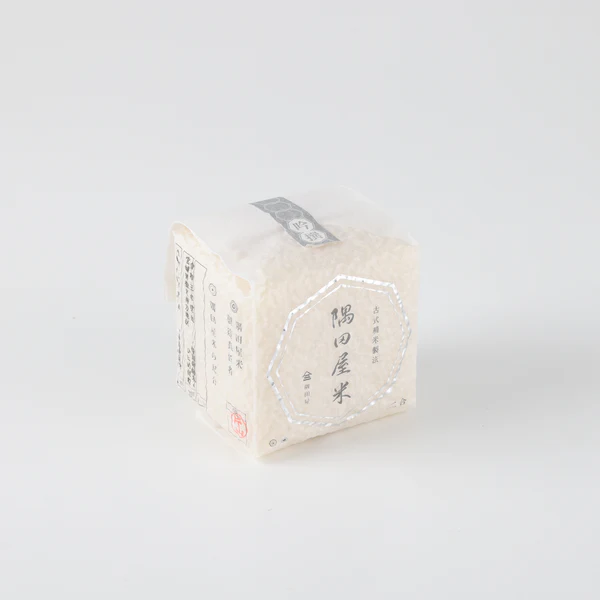
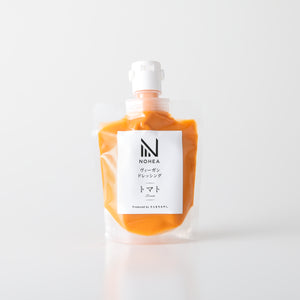 Dressing
Dressing
 Dashi Tools
Dashi Tools
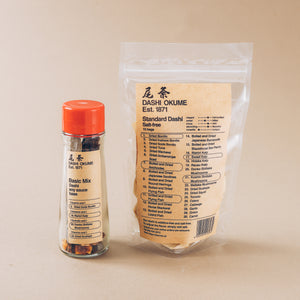 Gifts
Gifts
 Others
Others

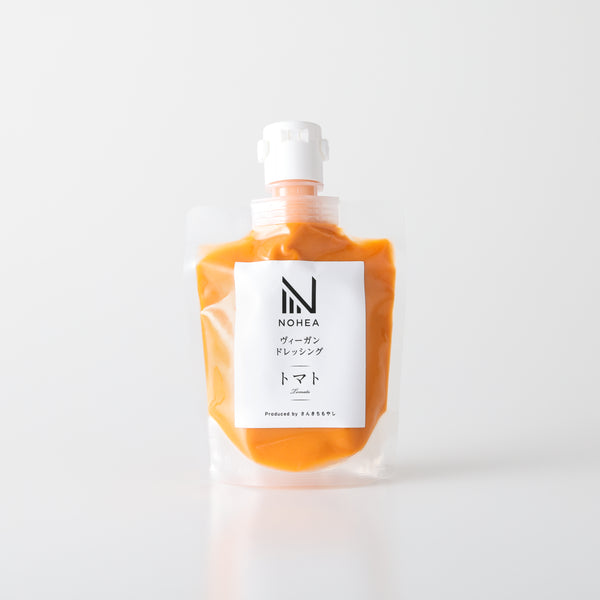 Dressing
Dressing
 Dashi Tools
Dashi Tools
 Gifts
Gifts
 Others
Others
